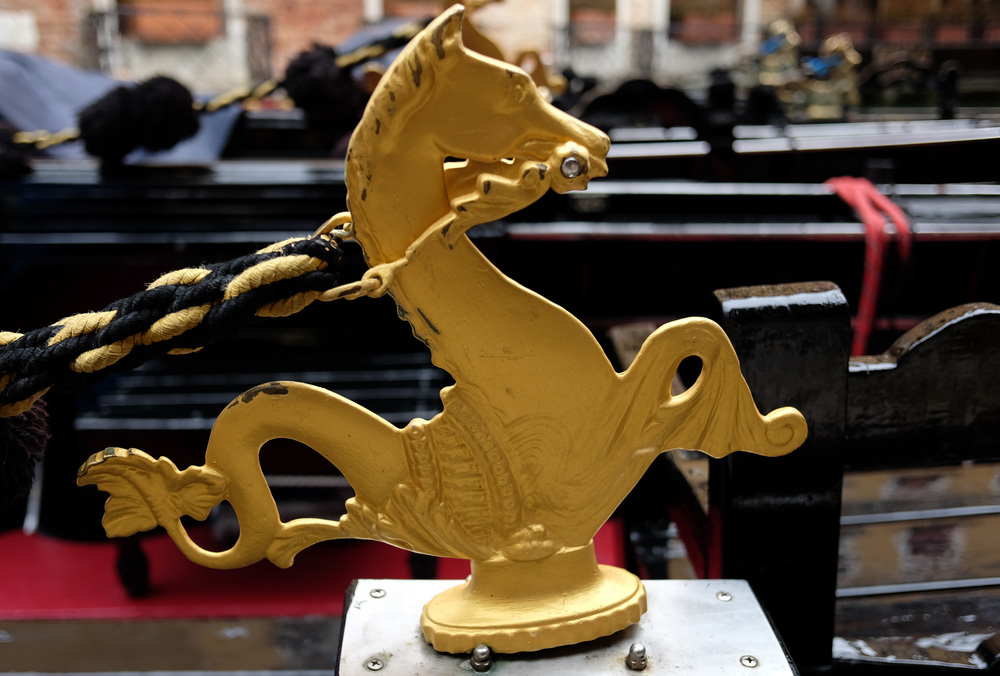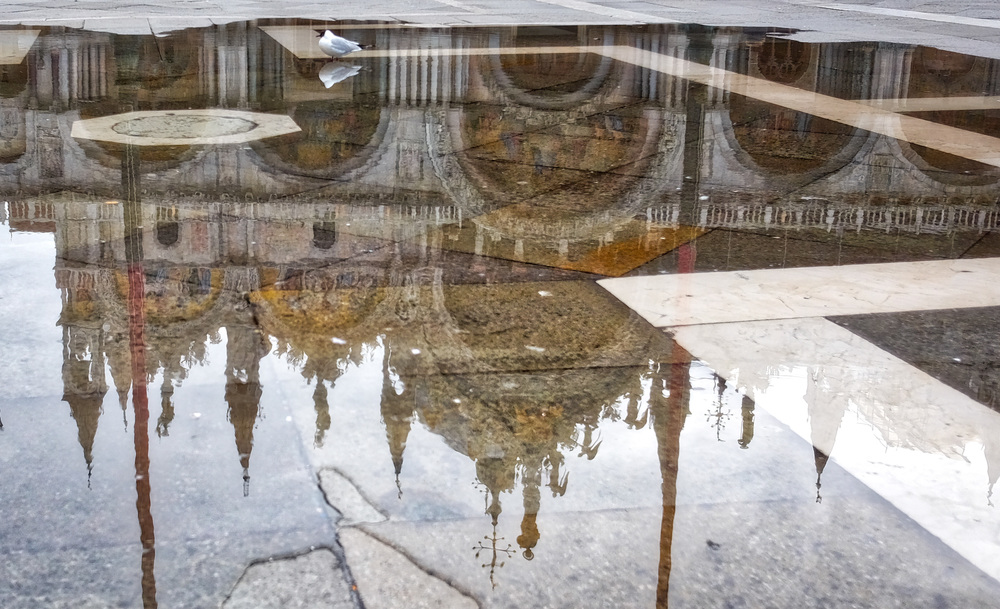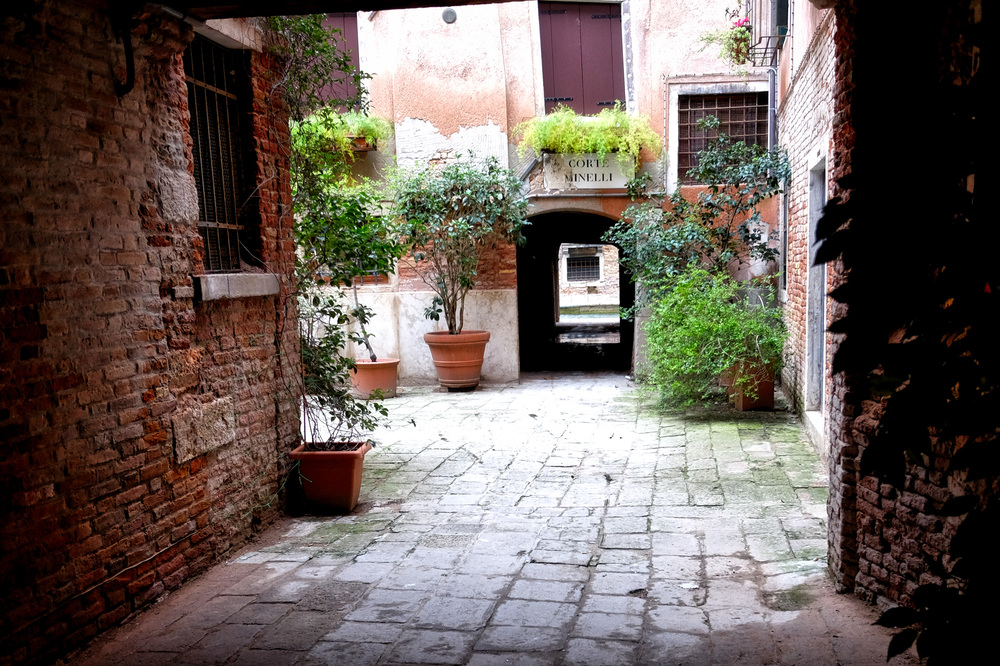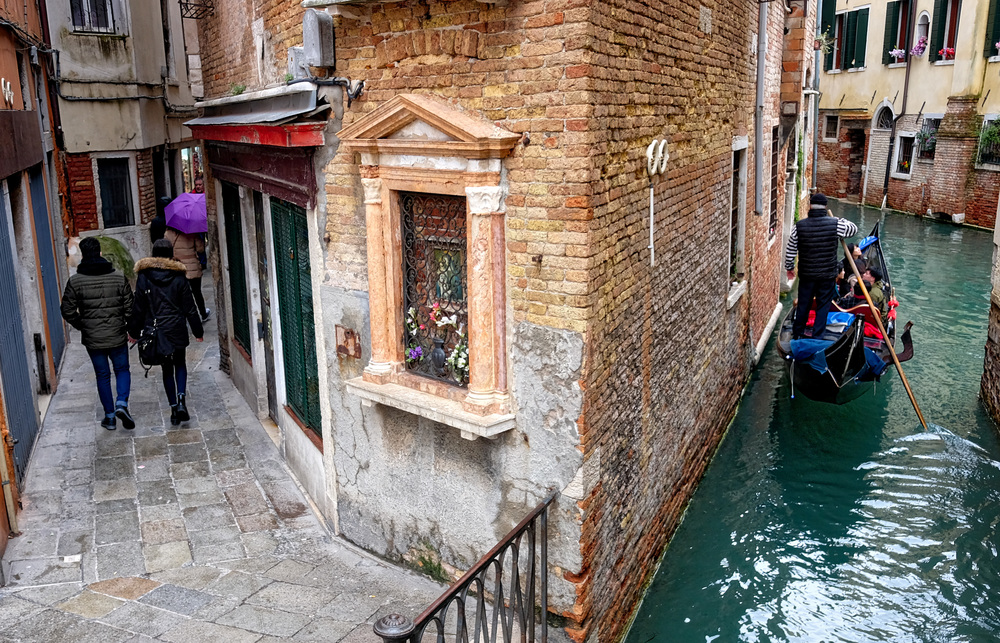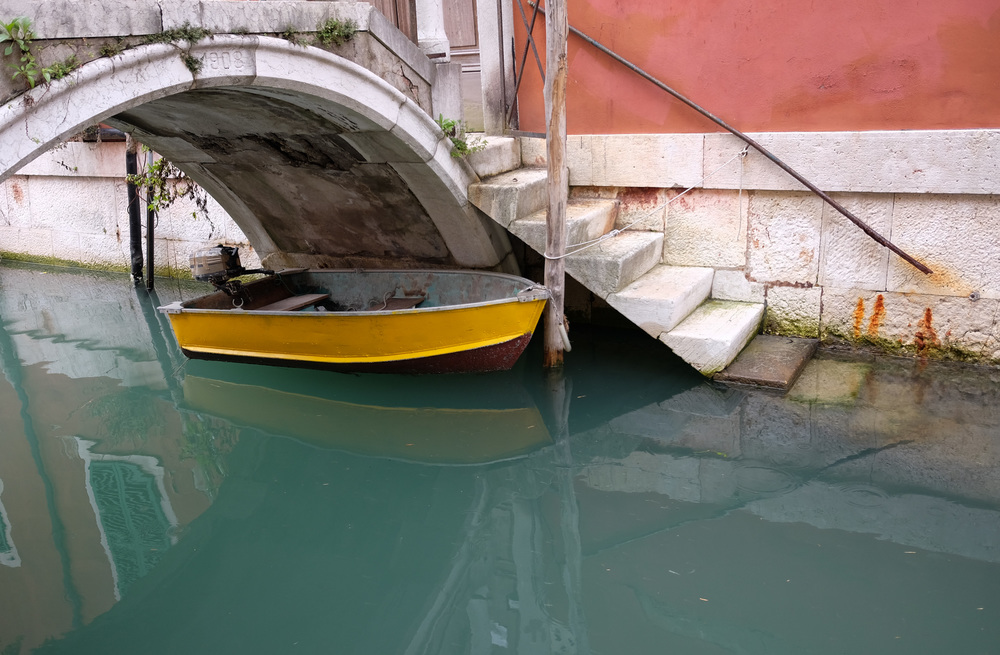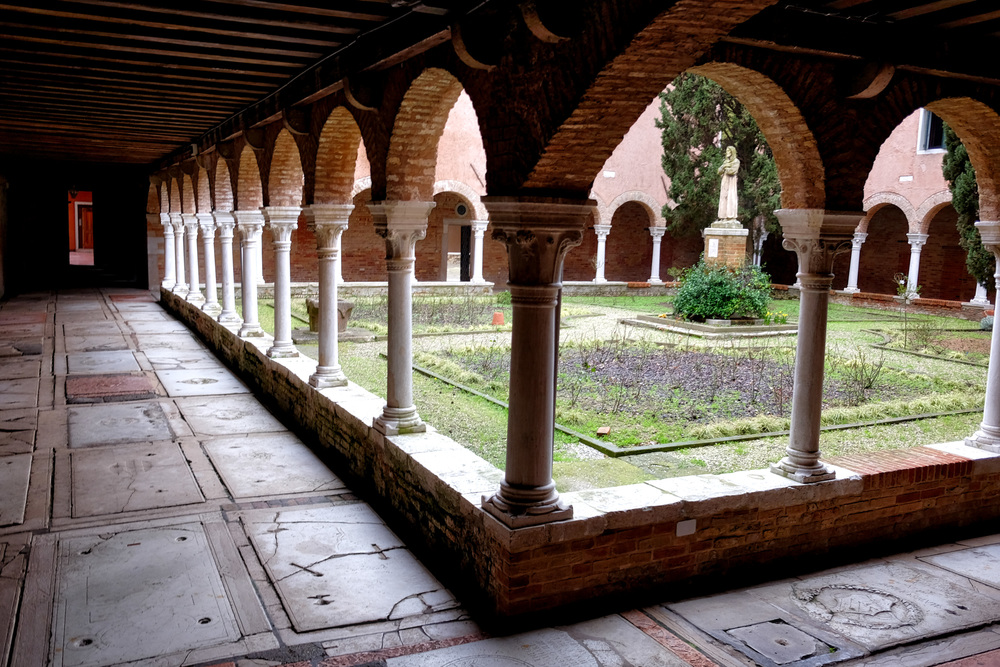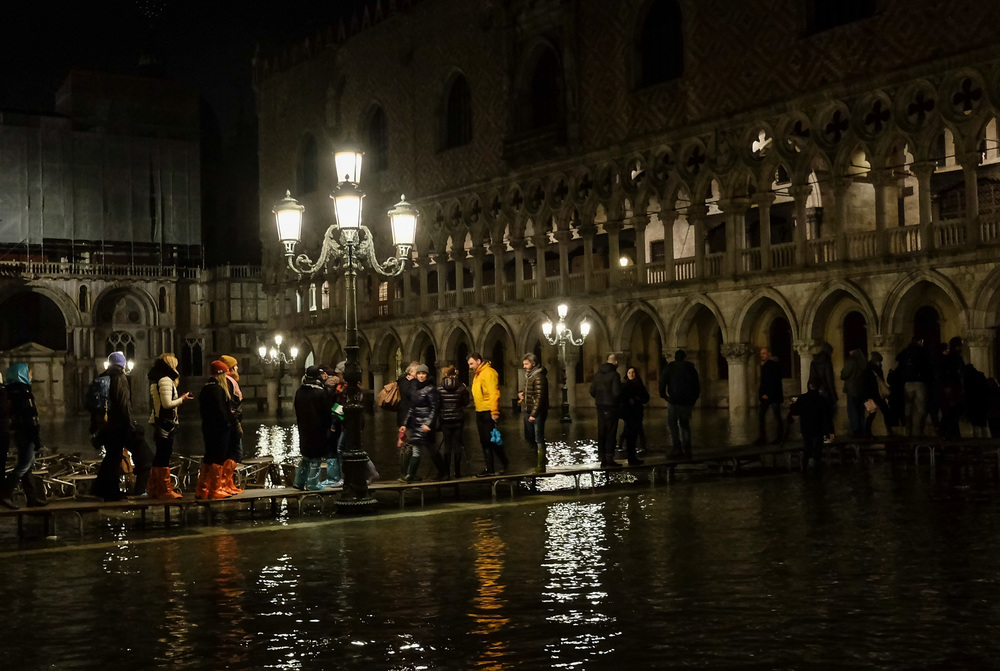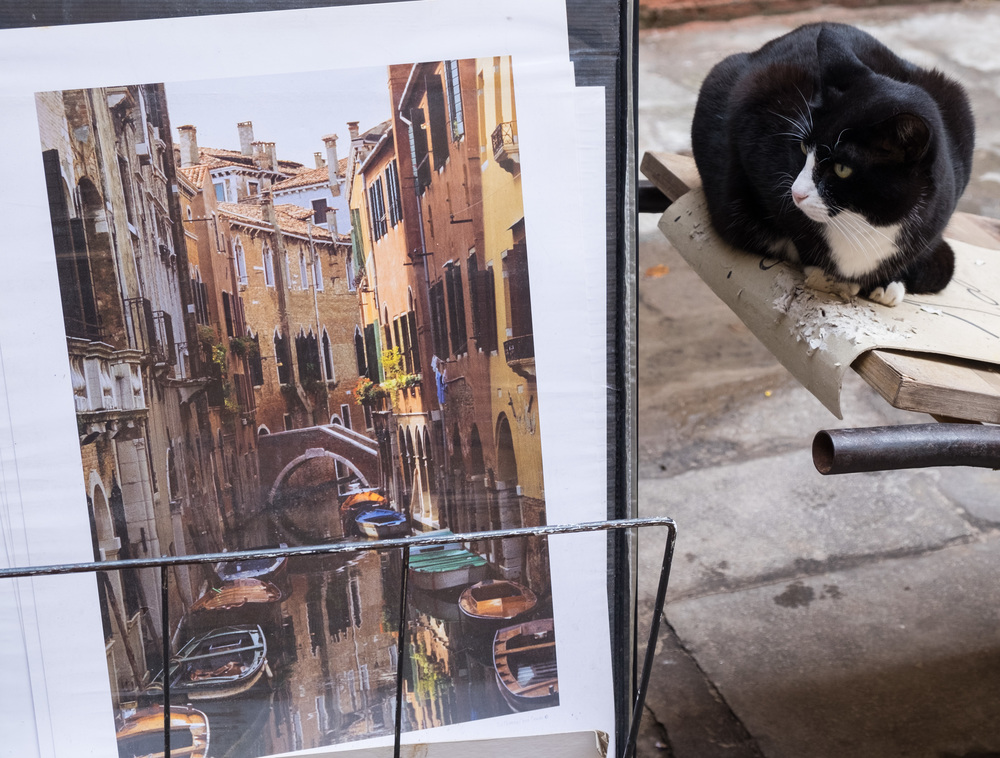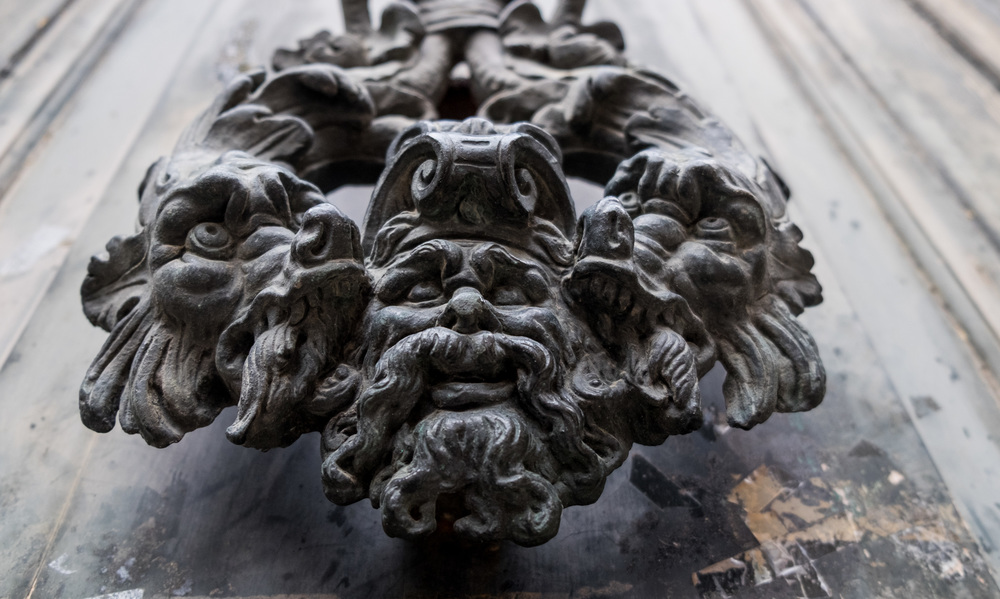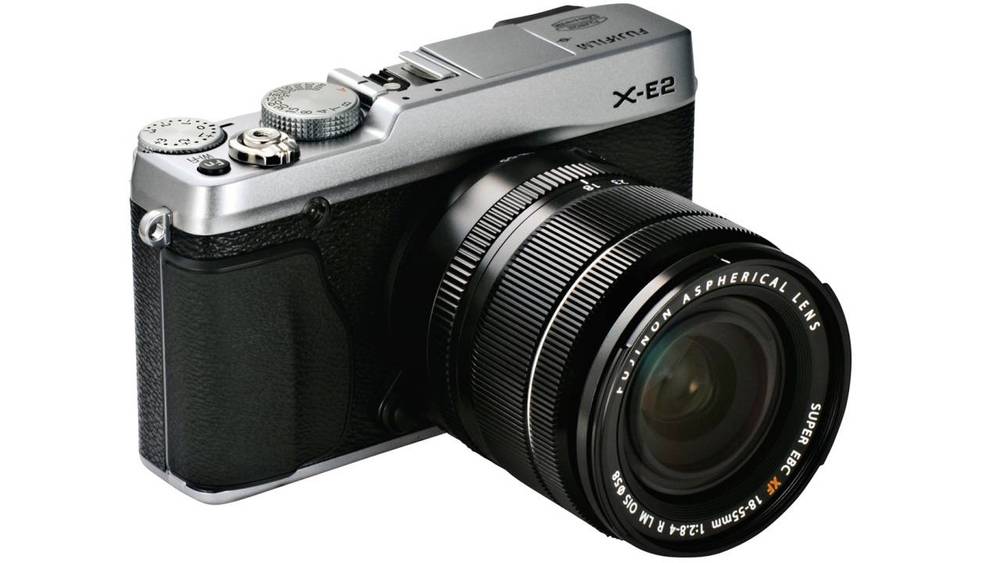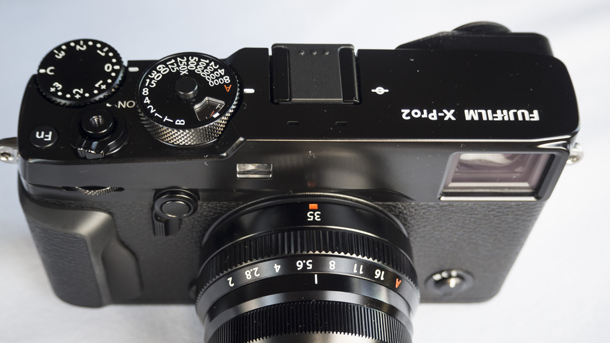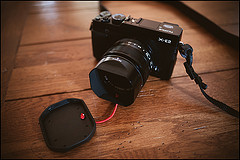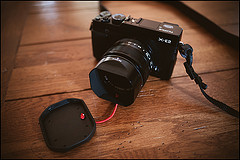UPDATE MAY 2016 After two months I decided to sell the camera, it is too flimsy and too slow and in my humble view there are much better point and shoot for that amount of money. I got a Leica Q much more expensive but a real super camera!
The new Fujifilm X70 camera has a spectacular design and a magnificent look as well with the retro aesthetics just like the some of the other Fujifilm X series cameras which make it unique and special.
The camera is easily portable and fits in a jacket/coat pocket and weighs only 340g with in-fitted memory card and NP-95 battery which makes it a perfect for an adventurous trip and street photographers since it's highly inconspicuous. The lens is 28mm f2.8 and a 16MP APS-C sensor that provides an exquisite and high-quality image. The diaphragm has nine rounded blades and a close-focusing limit of only 10cm.
I was not in need of a new camera and just wanted to try one for a review.

It is super small but I really mean small but at the same time it is very nice to hold it with a rubberized front and rear grips which are well-sculpted, and the camera feels comfortable in one hand. At the beginning was not easy for me to use the LCD and was always looking for the viewfinder but I got used quite quickly and was fun the possibility to shot or focus touching directly on the LCD screen.
It has the same functionality of my XT-1 and XE-2 (with the new firmware ver. 4 ) and I tend to use my Fuji in AF-S and focusing is very fast and precise. It seemed to me very good for street photography and I did not miss any frame even with people and boats moving.
Fujifilm X70 has an admirable feature which is the 1.04 million tilting dot LCD touch panel that is 3.0 inch and which is also capable of rotating at 180-degree angle.
The touch panel has the following functionality which includes in preview mode:
- Image enlargement capability: this is achieved by double-tapping on the touch screen which also centers on the active focus.
- Image moving capability: just like the phone, one can move the image by dragging it with the finger on the touch screen.
- Image zooming capability: one can enlarge the image by widening it by the use of the two fingers just like in a touchscreen phone.
- Image scrolling: one can scroll the image upwards or downwards by swiping either way by the use of a finger.
In shooting mode you will have access to:
- Focus Area Selection: Move the focus area before taking the image: one can achieve this by tapping on the touch screen.
- Touch Shot: Touch to focus and shoot on a specific point.
There is a small icon in the mid right side of the screen where you can switch between the two modes as well as turn the touch function off.
Adjustments in exposure compensation can easily been achieved by the dial.
Additionally, the lens control ring can also be used to adjust continuous shooting, film simulation, ISO speed, and white balance.
On the left hand side of the camera there is another function button. It sits quite well hidden. Very useful. I have decided to assign it to external ring control.
There is also a dedicated switch with an automatic mode, that I think may come handy to less photography savvy users. The camera also has a built-in Wi-Fi connectivity and an in-camera time-lapse.
The new 18.5mm f/2.8 lens in the X70 is a super performer. The quality of this pancake design lens is outstanding.
It’s an entirely new design by Fujifilm. It consists of 7 elements in 5 groups with 2 aspherical elements. It’s constructed in a compact way, and because there is no collapsing necessary when turning on/off the camera, this results in a much faster startup time when you switch your camera on.
The lens autofocus quickly thanks to the X70 hybrid autofocus system with both contrast detection and phase detect AF which offers a 49-point Single Point AF mode and a Wide/Tracking mode that offers a 77-point autofocus area. Autofocus is fast, with reported autofocus acquisition said to be of as little as 0.06 seconds.
The X70 can start up in 0.5 seconds in High Performance mode, it is amazing and has a shutter lag time of just 0.05 seconds, can continuously shoot at up to 8 frames-per-second for around 12 frames and can use a completely silent electronic shutter with exposures at 1/32,000s.
Another feature that is is packed in the X70 is the digital crop feature or “digital tele converter” as Fujifilm calls it. When shooting jpeg mode you can chose to use either a 28mm, 35mm or 50mm crop mode. The camera does some magic so you actually get a full 16mp file, obviously you can see some compression.
The camera has additional accessories that include the LH-X70 Lens Hood, WCL-X70 wide conversion lens, VF-X21 optional viewfinder and BLC-X70 half leather case. The camera is available in two colors, silver or black.
The X70 is in my view meant for people who needs a compact camera, and for street photographers who needs something inconspicuous for getting candid moments of streetlife.
This post has not been sponsored and I did not get media samples or freebies. For more information, check out my full disclaimer policy.





